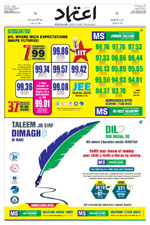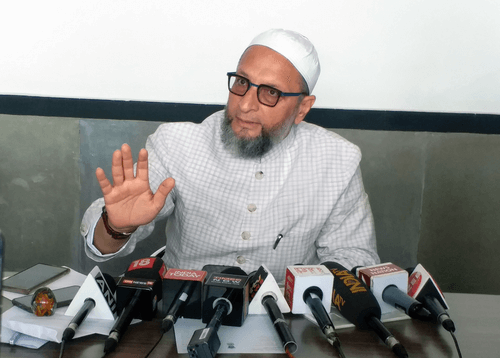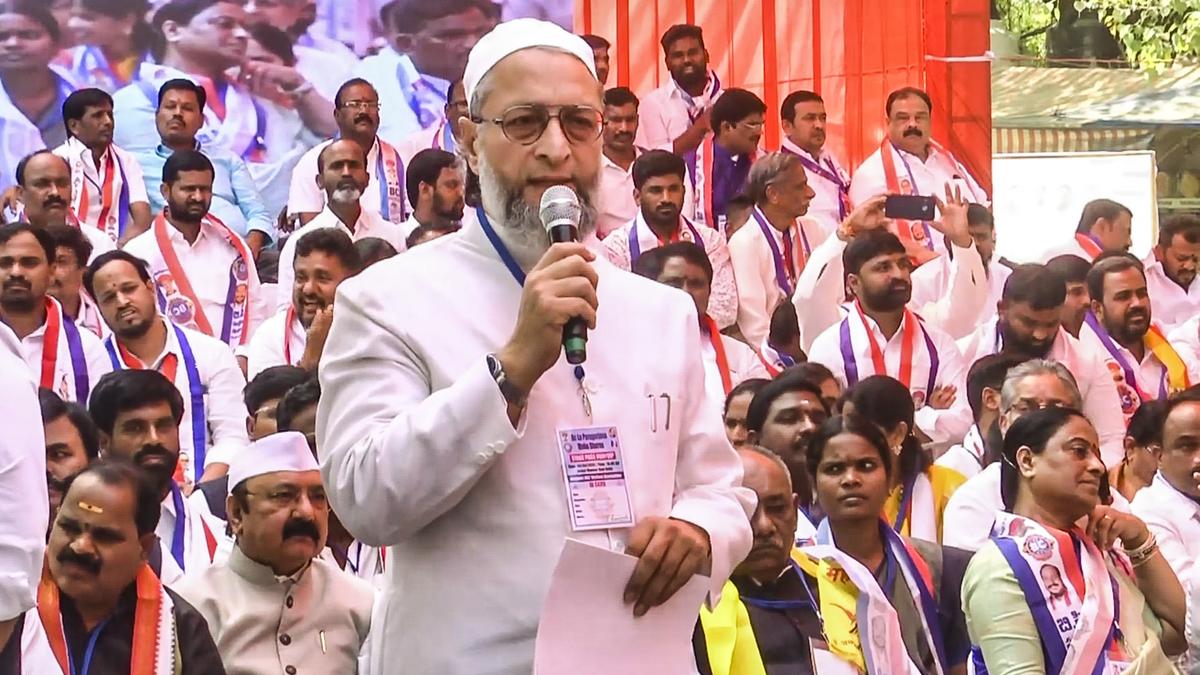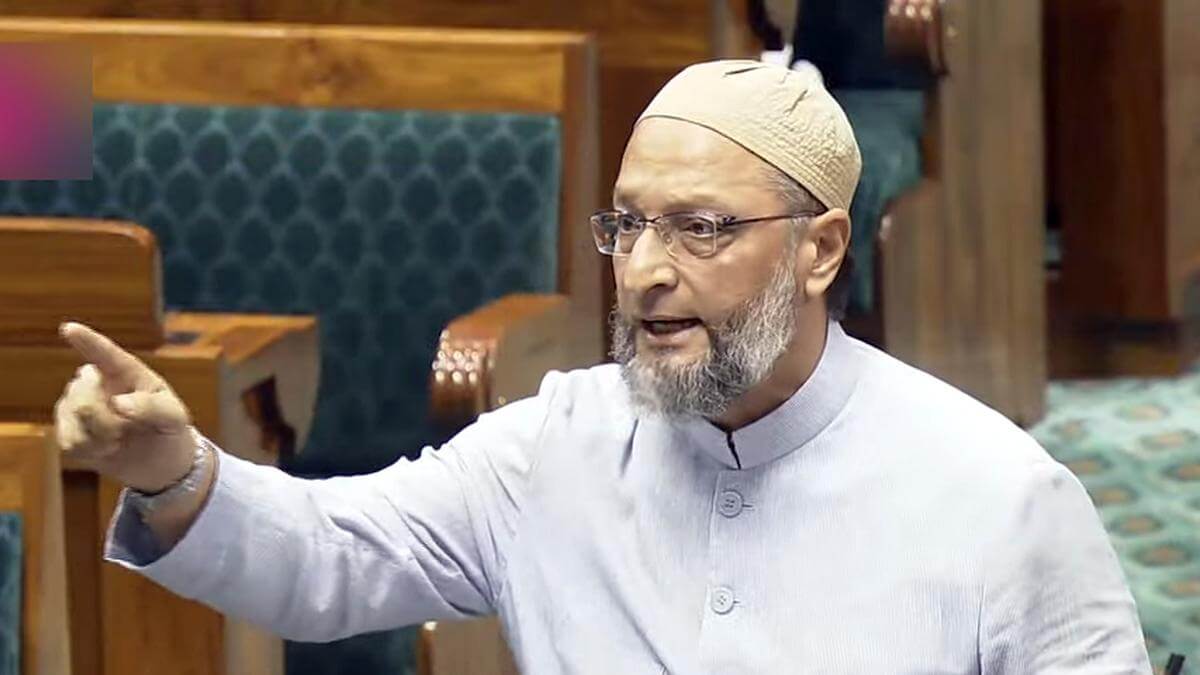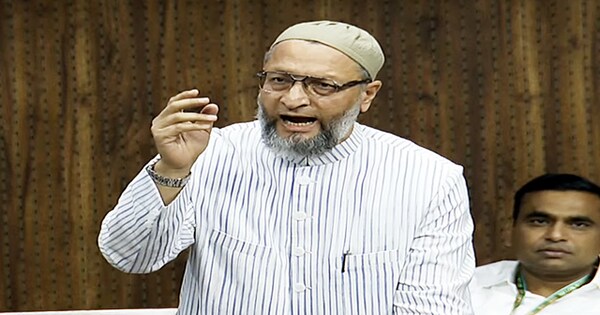Achieving high end of 6.75-7.5% growth difficult: Survey
Fri 11 Aug 2017, 13:29:47
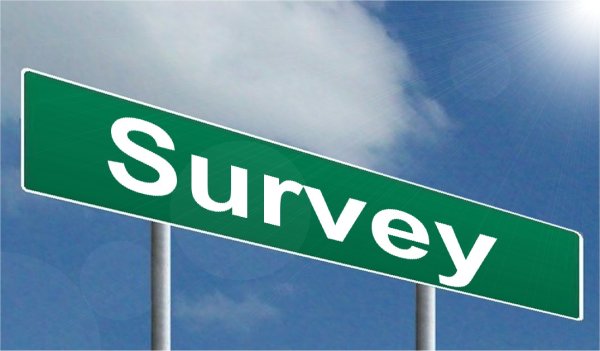
Achieving the high end of the 6.75-7.5 per cent growth projected previously will be difficult due to appreciation of rupee, farm loan waivers and transitionary challenges from implementing GST, the Economic Survey said today.
For the first time today, the government presented a second or a mid-year economic survey for the year 2017-18 highlighting the new factors that the economy faces since the last such exercise in February.
It also said that the scope for monetary easing was considerable and this, coupled with reform to address the twin balance sheet challenge, will help the economy achieve its full potential quicker."Cyclical conditions suggest that the policy rate should actually be below... the neutral rate.
The conclusion is inescapable that the scope for monetary easing is considerable," he said.
The Economic Survey said that a number of indicators-- GDP, IIP, credit, investment and capacity utilisation, point to a deceleration in real activity since first quarter of 2016-17 and a further deceleration since the third quarter.
The first volume of the Survey in February had predicted the range
of GDP growth of between 6.75-7.5 per cent, factoring in more buoyant exports, a post-demonetisation catch-up in consumption and a relaxation in monetary conditions consequent upon demonetisation.
of GDP growth of between 6.75-7.5 per cent, factoring in more buoyant exports, a post-demonetisation catch-up in consumption and a relaxation in monetary conditions consequent upon demonetisation.
Since then all the new factors-- real exchange rate appreciation, farm loan waivers, increasing stress to balance sheet in power, telecom, agricultural stress and transitional challenges from implementing the GST -- impart a deflationary bias to activity, the Survey said.Since February 2017, the rupee has appreciated by about 1.5 per cent.
It said the government and the RBI have taken "prominent steps" to address the twin balance sheet challenge which has boosted market confidence in the short run. Also, the removal of checkposts and easing of transport constraints after Goods and Service Tax (GST) implementation can provide some short- term fillip to economic activity.
The Survey said that the balance of risk to achieving the 6.75-7.5 per cent growth has shifted to the downside."The balance of probabilities has changed accordingly, with outcomes closer to the upper end having much less weight tha previously," it added.
No Comments For This Post, Be first to write a Comment.
Most viewed from Specials
Most viewed from World
AIMIM News
Latest Urdu News
Most Viewed
May 26, 2020
Do you think Canada-India relations will improve under New PM Mark Carney?
Latest Videos View All
Like Us
Home
About Us
Advertise With Us
All Polls
Epaper Archives
Privacy Policy
Contact Us
Download Etemaad App
© 2025 Etemaad Daily News, All Rights Reserved.

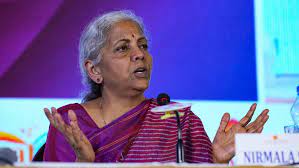

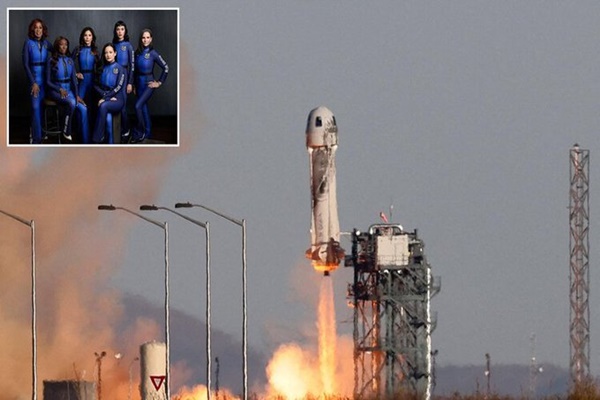
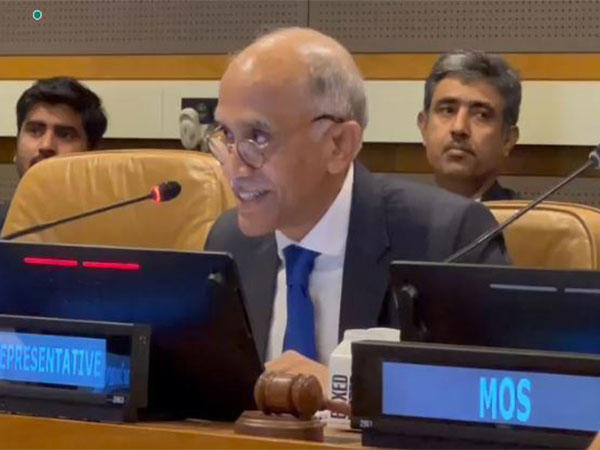

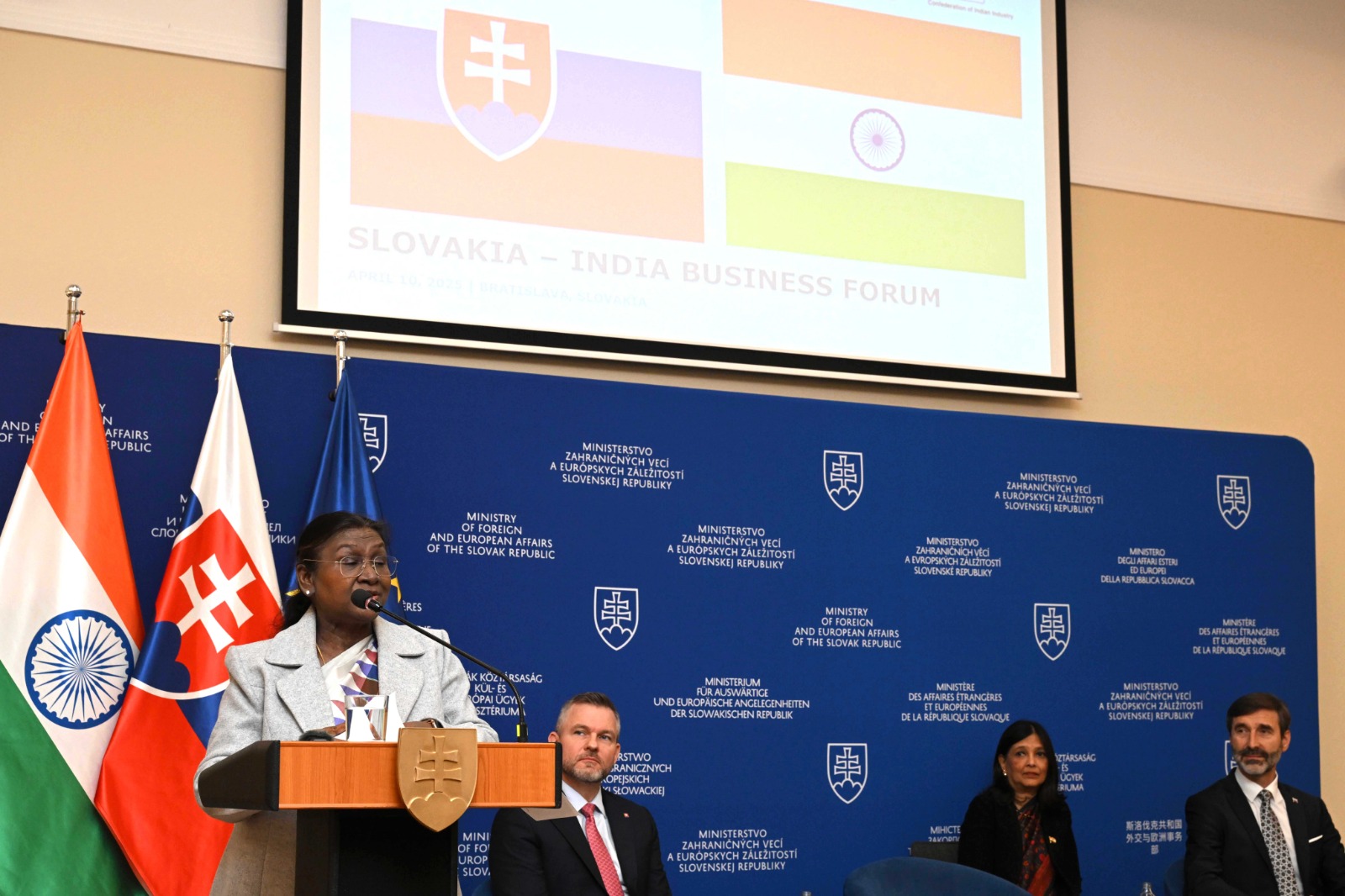
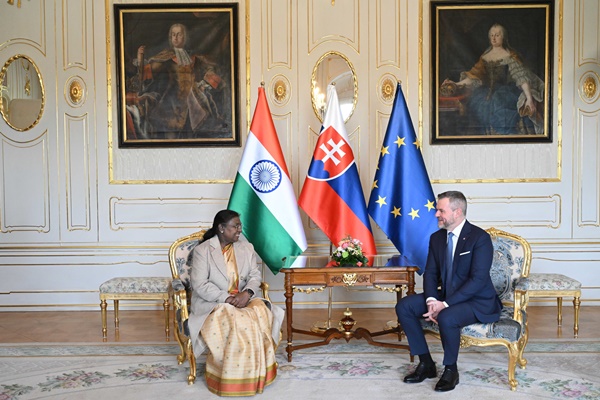
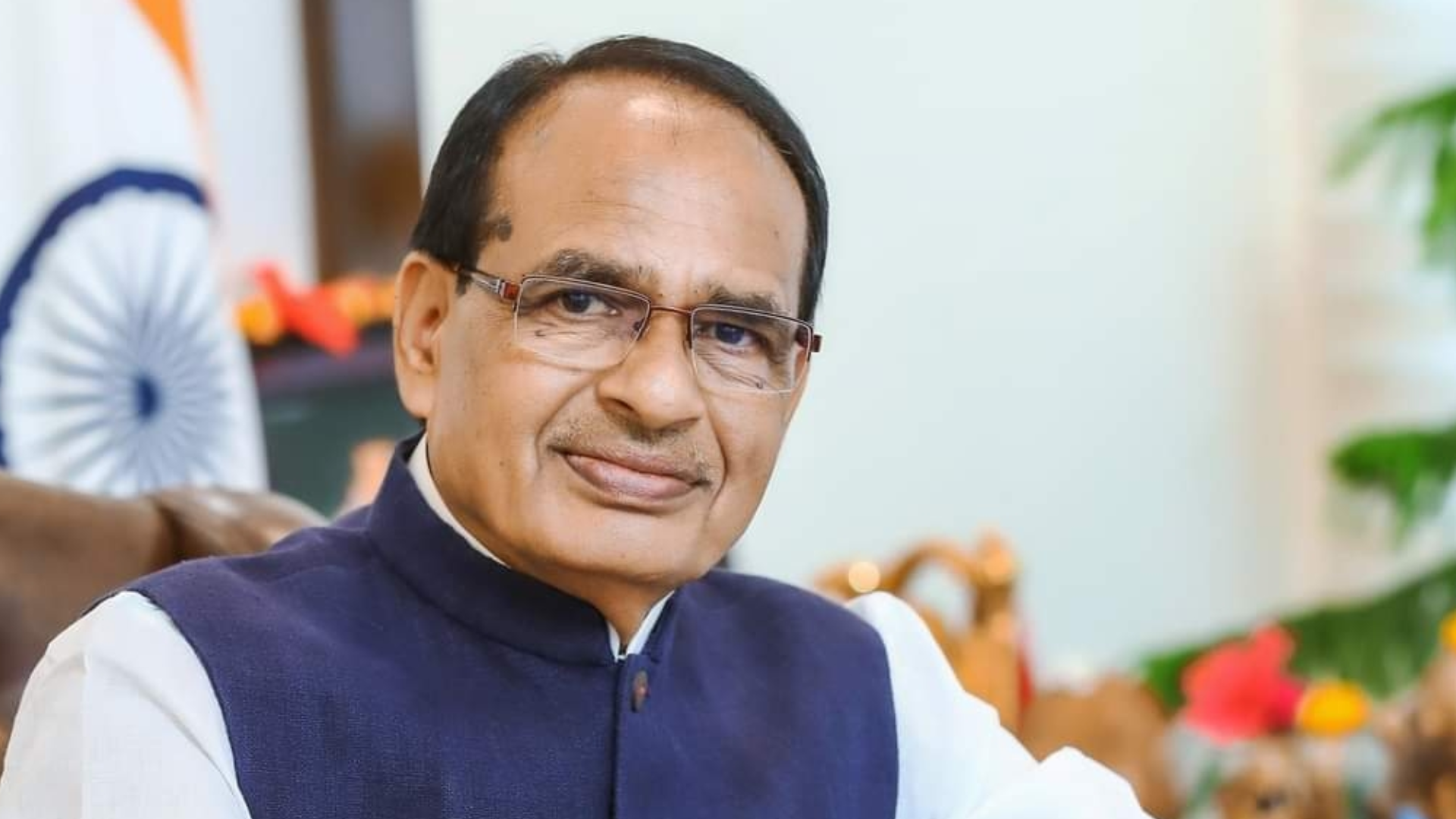
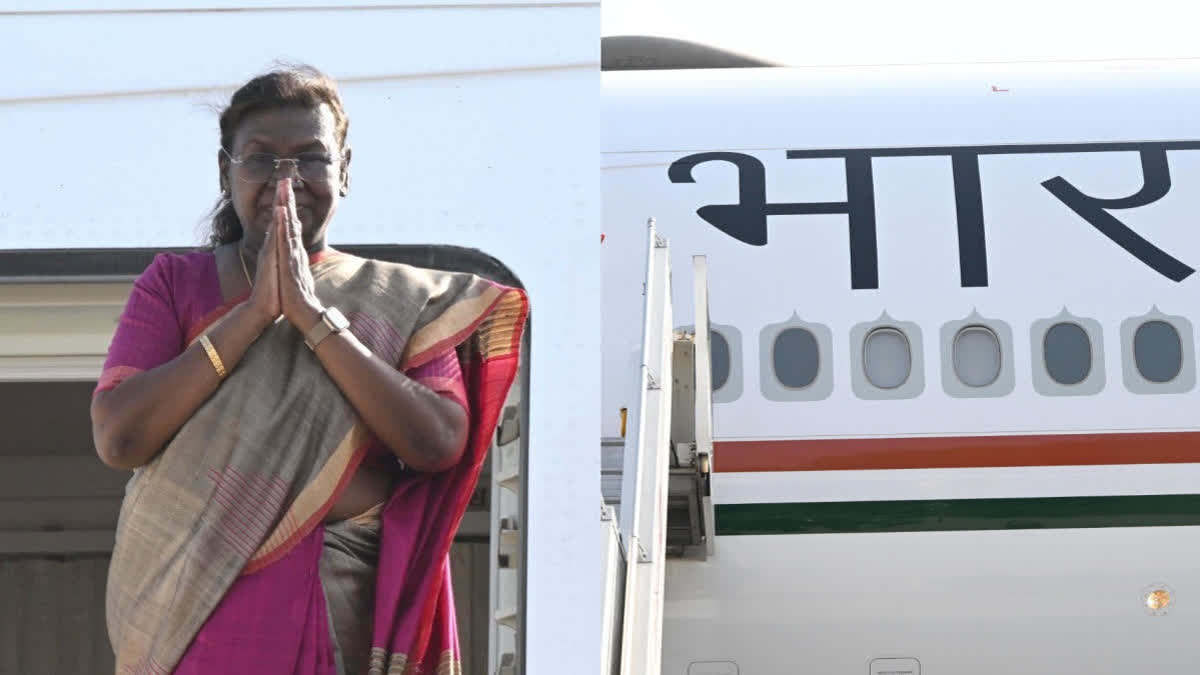
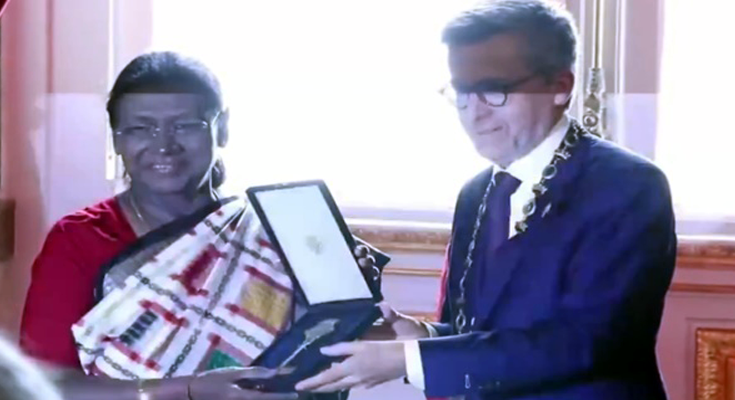
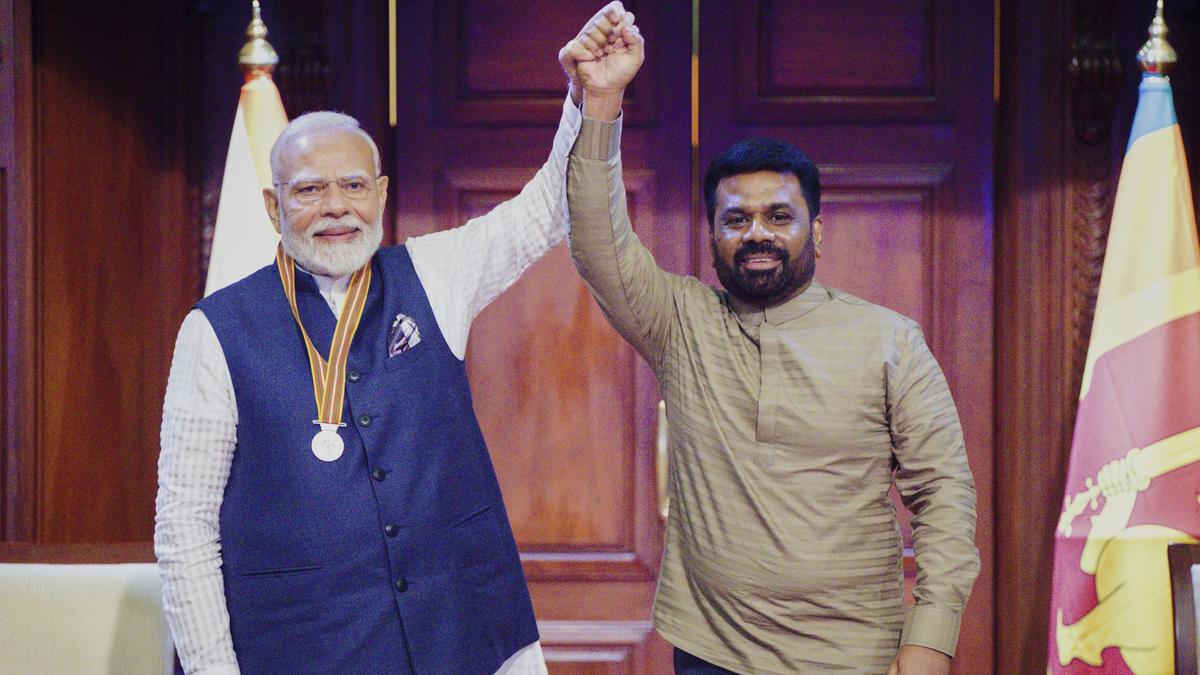
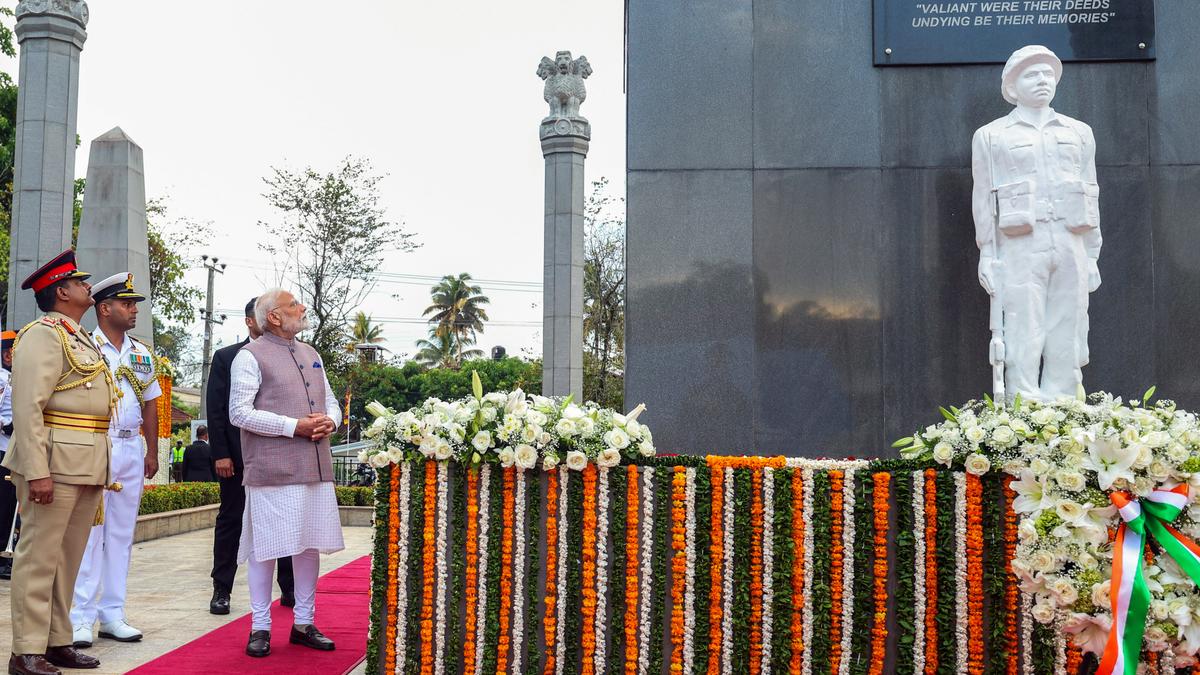
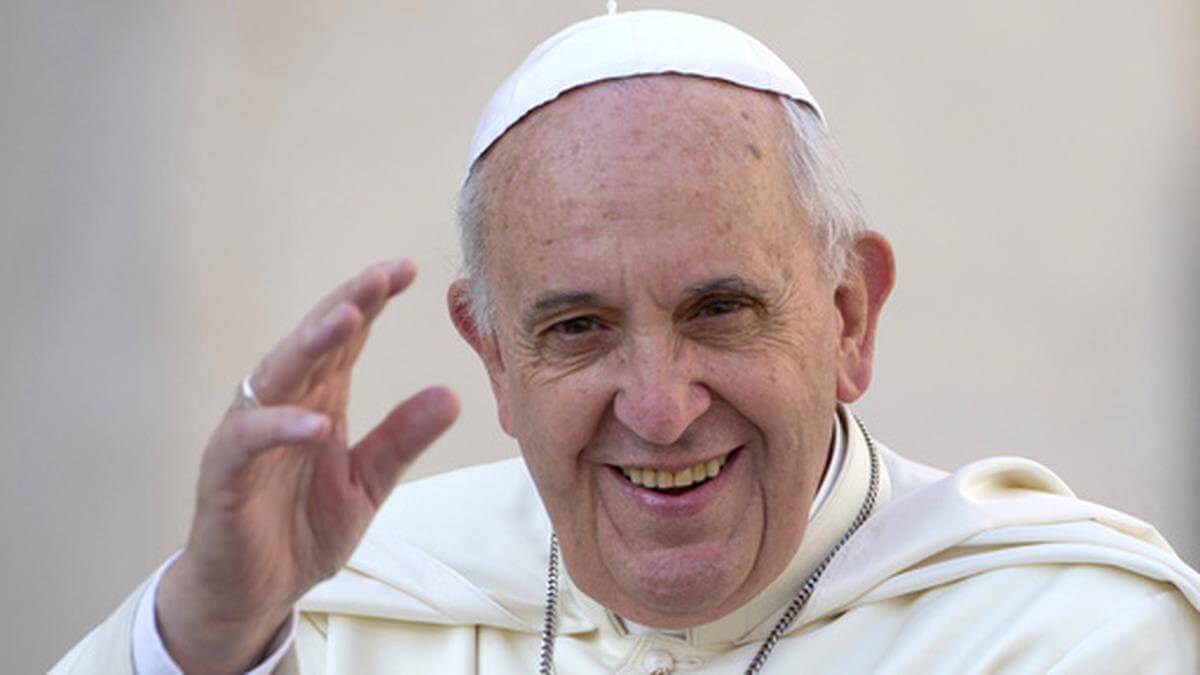
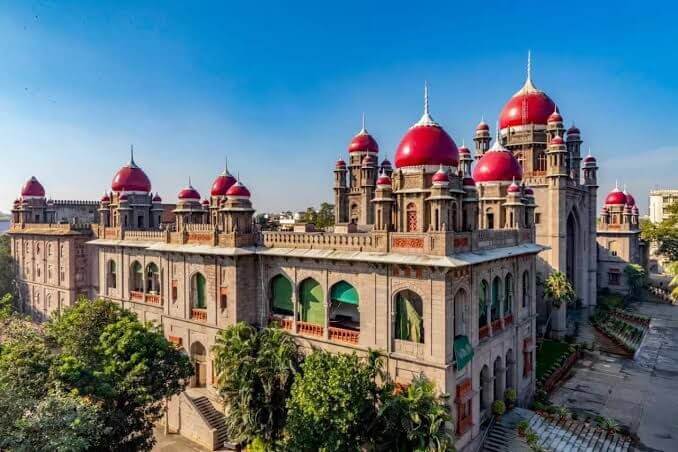
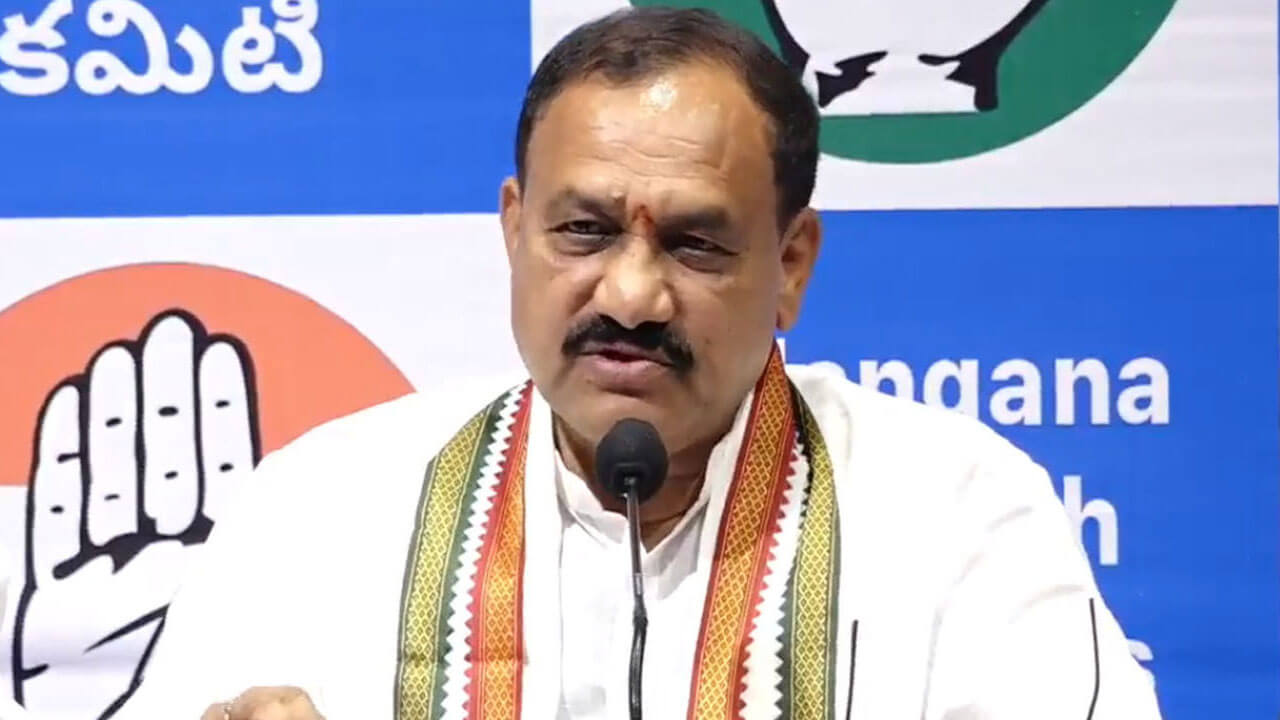
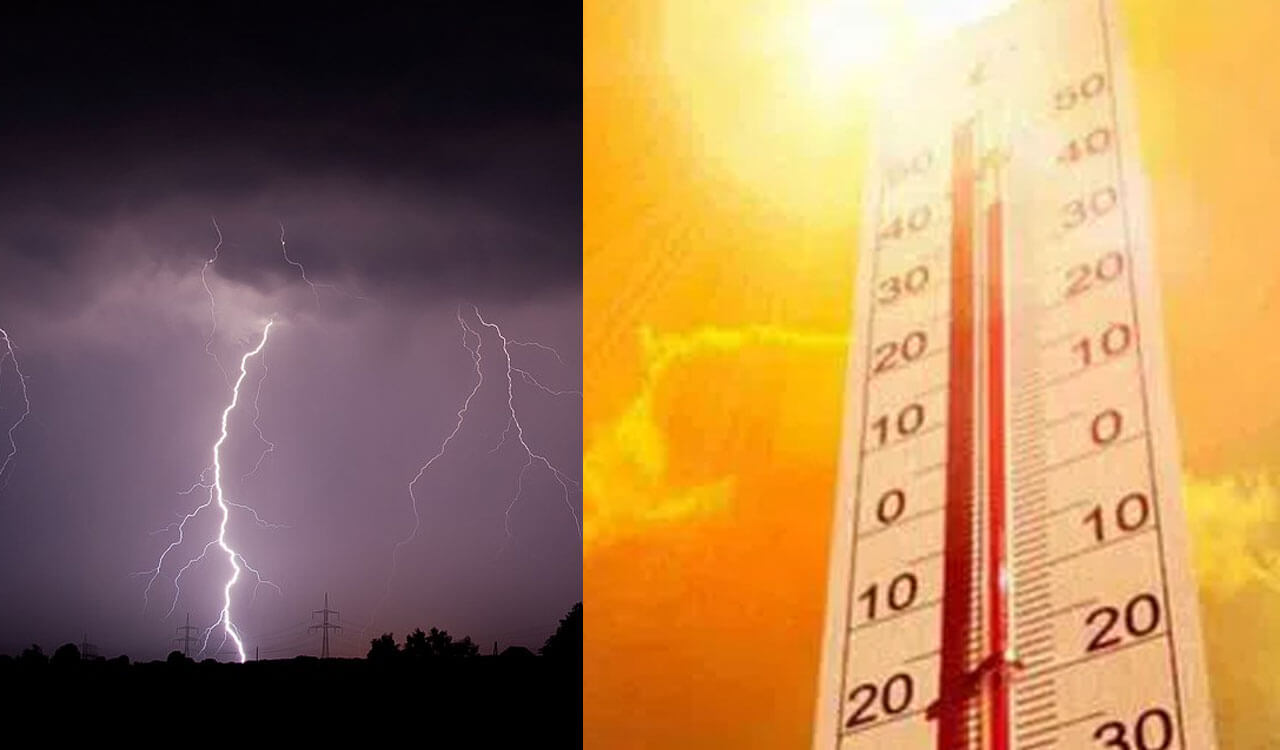

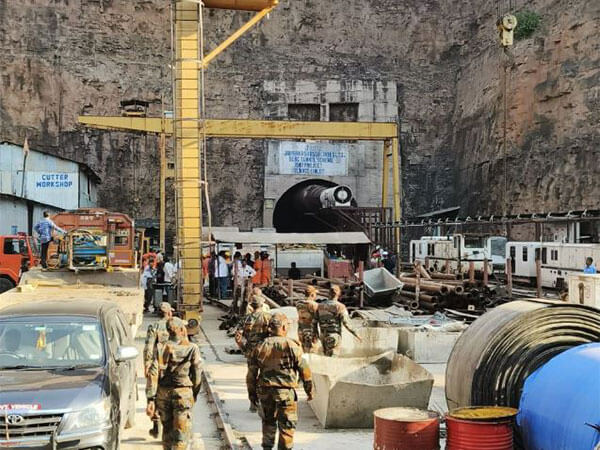


.jpg)
.jpg)
.jpg)
.jpg)

